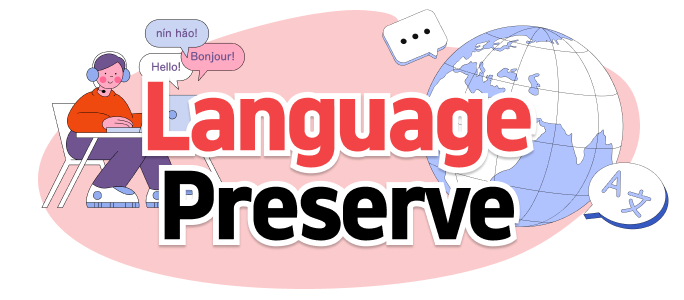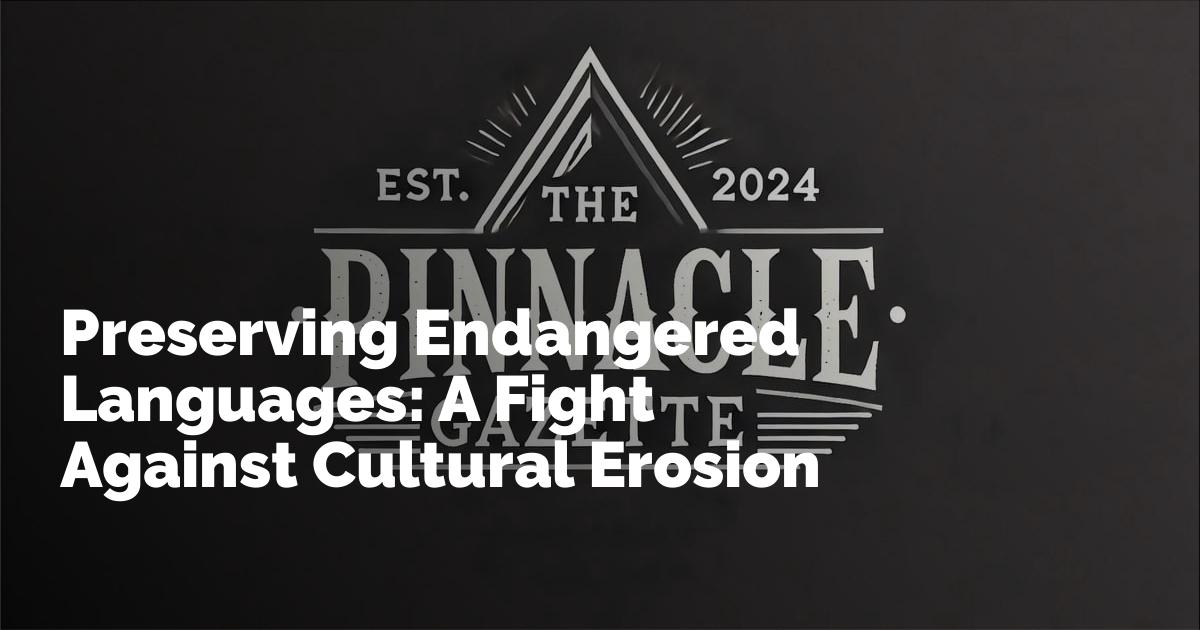The Global Crisis of Endangered Languages
Languages around the world are disappearing at an alarming rate, jeopardizing the cultural diversity of our global society. Among the most compelling stories of linguistic endangerment are those playing out within Tibetan and Irish communities. These narratives highlight the complex intersections of language, culture, and politics, and they underscore the urgent need to preserve linguistic diversity in the modern world.
The Tibetan Struggle for Linguistic Survival
On the Tibetan Plateau, the struggle to maintain the Tibetan language is deeply intertwined with political and cultural identity. The recent death of Gonpo Namgyal, a Tibetan village leader, underscores the grim realities faced by these communities. Namgyal's passing is not only a personal tragedy but also emblematic of the larger issues confronting Tibetan culture due to Chinese governmental policies.
These policies heavily emphasize the use of Mandarin over Tibetan, particularly in education. Tibetan children are increasingly funneled into state-run boarding schools where Mandarin is prioritized. As a result, the Tibetan language is slipping away from the younger generation, raising fears about its future accessibility and vitality. Dr. Tsering Wangyal, whose research delves into these issues, points out that the "subtle violence" of assimilationist policies is accelerating the erosion of the Tibetan language.
The implications of these policies extend beyond communication. Language is a pillar of cultural identity, and as Tibetan speakers confront the necessity of adopting Mandarin for economic and social mobility, a profound cultural dislocation is occurring. Moreover, systemic discrimination against Tibetan speakers exacerbates their marginalization within the predominantly Han Chinese society. Currently, a mere 4% of Tibetans are believed to still speak their native language, a statistic that starkly illustrates the precariousness of Tibetan linguistic heritage.
Protests and International Calls for Action
The struggle to preserve Tibetan linguistic identity has spurred various forms of resistance, both within Tibet and abroad. Protests have ranged from individual acts of defiance, such as self-immolations, to broader demonstrations demanding cultural recognition and autonomy. The actions of these communities have not gone unnoticed, with international bodies and human rights organizations advocating for policies that support Tibetan self-determination and cultural preservation.
These international efforts emphasize that the fight to protect endangered languages is not solely a regional issue but a global responsibility. By acknowledging and addressing the systemic challenges these communities face, there is hope for fostering a future where linguistic diversity is celebrated and preserved.
The Irish Language's Ongoing Battle
On the other side of the world, the Irish language faces its own battles for survival. The recent wave of protests by over 40 language organizations from Northern Ireland and the Republic of Ireland reflects growing concerns about the future of the Irish language. These protests, labeled the first-ever Irish language "strike," directly challenge proposed cuts to cross-border funding facilitated by Foras na Gaeilge, an agency established through the Good Friday Agreement to promote the Irish language.
The proposed funding cuts for 2025 have sparked outrage and fear among language advocates. Concerns are growing that these cuts reflect a broader trend of political neglect and systemic disinvestment that could severely impact Irish linguistic and cultural preservation. As Conchúr Ó Muadaigh of Conradh na Gaeilge emphasized, protestors feel marginalized in political discussions affecting the country's linguistic future.
The Cultural Significance of Language
The Irish language is much more than a method of communication; it embodies a wealth of cultural history and identity. The calls for preserving the Irish language are not just about maintaining vocabulary or grammar; they are a deep-seated demand for recognition and respect for Irish cultural heritage.
Ciarán Mac Giolla Bhéin, President of Conradh na Gaeilge, has remarked on the profound frustration driving these protests, noting their roots in decades of neglect. The recent half-day language strike serves as a potent symbol of this unrest, as participants seek long-term solutions to safeguard their language and culture.
Global Impacts and the Need for Preservation
The struggles of Tibetan and Irish communities exemplify global trends threatening linguistic diversity. According to the United Nations, nearly 40% of the world’s languages are endangered. The factors leading to language endangerment include globalization, policies favoring dominant languages, and political frameworks that stifle grassroots preservation movements. These pressures pose significant challenges as communities swaddle their identities and cultural narratives.
Efforts to combat this linguistic decline rely heavily on community engagement and educational initiatives. By creating environments where speakers can teach and learn their native languages, there is hope to counteract these trends. Increasing global networks advocating for language preservation signify a shift towards addressing these challenges through policy changes and sustainable community practices.
Resilience in the Face of Adversity
Although the Tibetan and Irish languages face different challenges, the resilience of their speakers is a unifying factor. This perseverance not only seeks to preserve words and grammar but also to maintain and nurture whole cultural frameworks and worldviews. When a language disappears, the world loses a unique perspective and a shared wisdom embedded within that linguistic tradition.
To successfully safeguard linguistic diversity, concerted collaborative efforts must be made at local, national, and international levels. The international community must acknowledge linguistic diversity as a vital component of cultural heritage and societal bonds. Recognizing this will inspire hope and provide a path forward for endangered languages like Tibetan and Irish.
Conclusion: Advocate for a Linguistically Diverse Future
The narratives of Tibetan and Irish communities, though separated by geography and specific political contexts, shine a light on the universal importance of language preservation. They serve as both a call to action and a celebration of human cultural expression. Protecting endangered languages demands immediate attention and meaningful advocacy, ensuring cultural richness and diversity for generations to come.
출처 : Original Source

